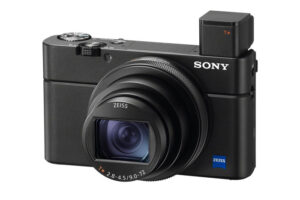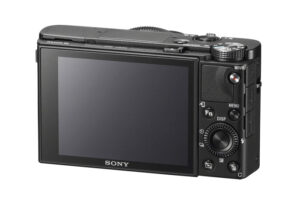The RX100 VII is the seventh model in the ever-evolving RX100 series. The RX100 VI was already a little monster in terms of speed and the mark VII can be considered a refinement of this model. It incorporates some technology from the flagship A9, as well as a few tweaks here and there that should please video-makers. If you’re curious to discover all the main differences between the two, then keep on reading!
What the RX100 VI and VII have in common:
- 1-inch sensor format with 20.1MP of resolution
- 24-200mm (equivalent) F2.8-4.5 zoom lens
- up to 1/32000s with the electronic shutter
- 4K video with full pixel readout
- S-Log2, S-Log3 and HLG profiles
- HFR mode up to 960/1000fps
- pop-up EVF with 2.36M dots
- 180° up / 90˚ down tilting LCD screen with touch sensitivity
- Wifi, NFC and Bluetooth
- same design, dimensions and weight
- same NP-BX1 battery
Ethics statement: The information found in this article is based on official specifications and press releases. We were not asked to write anything about these cameras, nor were we provided any compensation of any kind. Within the article, there are affiliate links. If you decided to buy something after clicking the link, we will receive a small commission. To know more about our ethics, you can visit our full disclosure page. Thank you!
1. Sensor
The two cameras feature a 1-inch stacked sensor with a resolution of 20.1 megapixels. Stacked means that there is a DRAM memory attached to the back of the chip to process more data simultaneously. (The technology was first introduced to the mark IV generation.)
The version found on the mark VII model has been newly developed to further improve the readout speed. It also comes with an updated Bionz X processor.
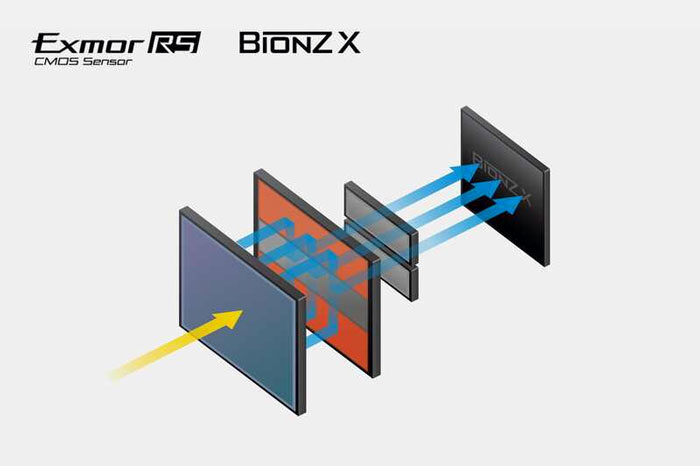
2. ISO sensitivity
The sensitivity range benefits from a minor change thanks to the updated sensor.
The RX100 VI goes from ISO 125 to 12800, with low values down to ISO 80 and push values up to 25600 with the Multi NR mode.
The RX100 VII starts from ISO 100 with pull values down to ISO 64. The high values remain the same.
3. Continuous shooting speed
The RX100 VI has a maximum burst of 24fps and can maintain AF and AE tracking at that speed which is quite impressive.
The RX100 VII can do an incredible 90fps with a new mode called Single Burst Shooting but focus and exposure are fixed on the first frame. It looks as if you are taking a single shot, but in fact the camera takes even more and retains seven frames so that the user can select the perfect moment.
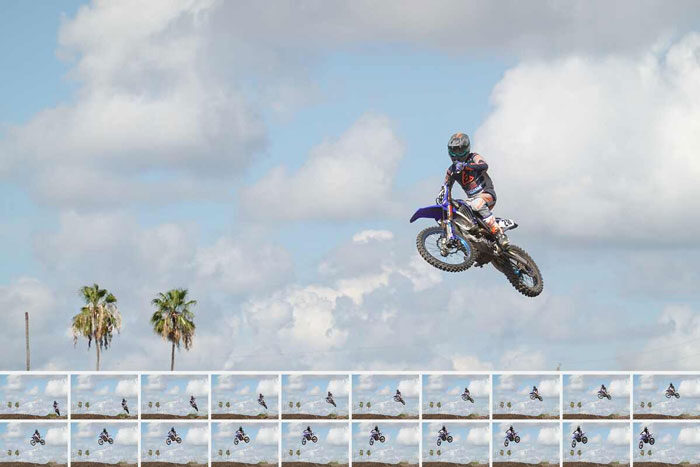
If you want continuous AF, the VII manages a very respectable 20fps and what’s more, it inherits the same blackout-free live view capabilities of the flagship Sony A9 E-mount camera.
This fast performance is possible thanks to the use of the electronic shutter and the super fast sensor readout that guarantees no distortion when panning quickly.
4. Autofocus
The RX100 VI features 315 phase and 25 contrast detection points. The phase detection points cover 65% of the sensor’s surface.
The RX100 VII has 357 phase and 425 contrast detection AF points.
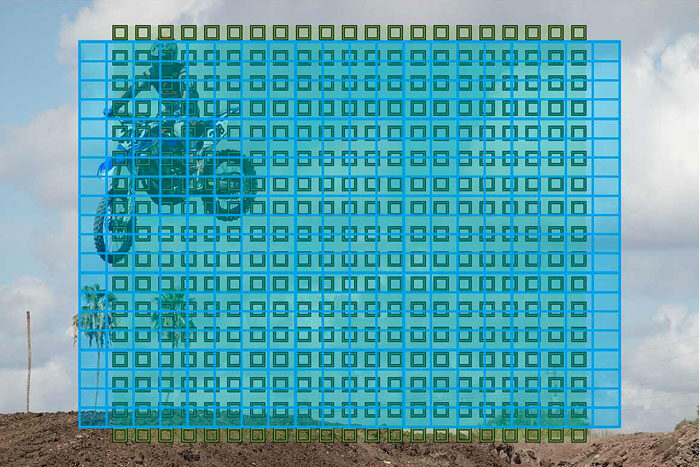
The updated stacked sensor and processor allow the new camera to achieve the world’s fastest AF acquisition speed of 0.02s, and can calculate up to 60 times per second. It inherits the latest algorithm and AI technology which includes real time tracking and real time Eye AF, as well as Eye AF for animals.
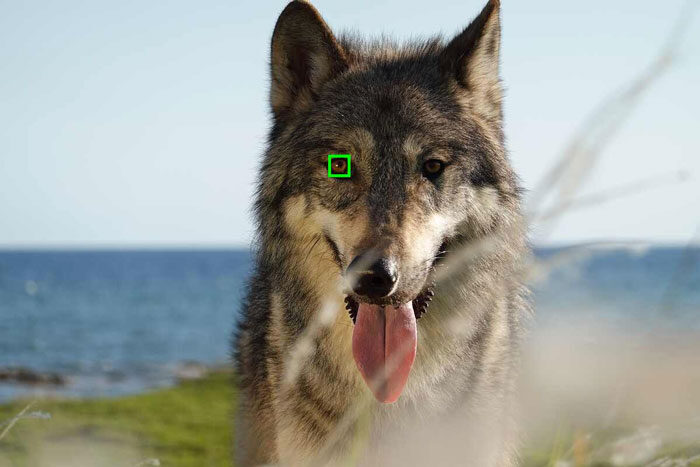
The RX100 VI is not far off with a focus acquisition speed of 0.03s. Eye AF is also present but works with humans only.
5. Eye AF for video
The hybrid AF system works for video too and once again the RX100 VII benefits from the latest updates which include real time tracking and Eye AF.
The latter is a first for the RX100 series, and it is the second Sony camera to receive this function after the A7R IV full frame model.
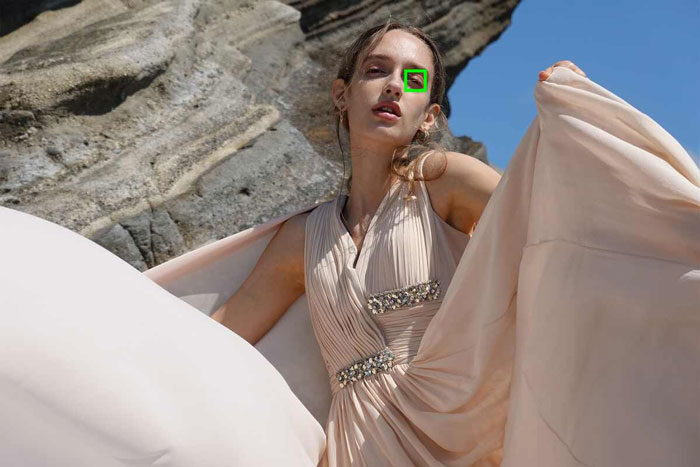
6. Image stabilisation for video
The lens found on both cameras features optical stabilisation (Steadyshot) which works for stills and video.
The RX100 VII introduces a new Active SteadyShot mode. It is available when recording video and is said to be 8 times more effective. It combines optical with electronic IS which means that the field of view is cropped.
7. Microphone input
A first for an RX100 camera is the VII’s 3.5mm microphone input. This makes things much easier for V-Loggers who want to use a high quality compact camera for their work.
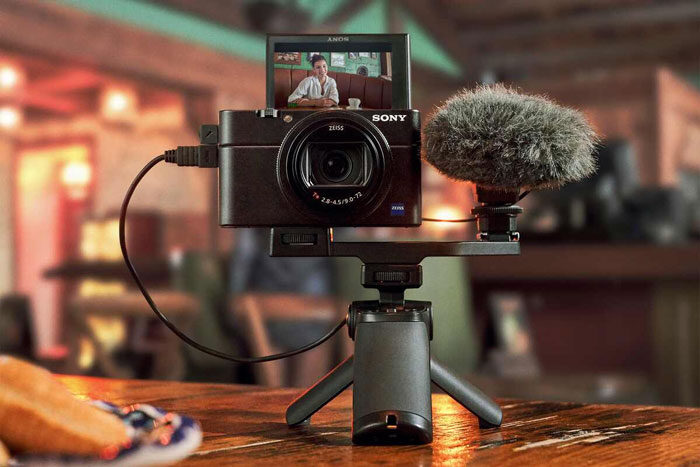
As you will have already guessed, the RX100 VI doesn’t have a mic port.
8. Vertical-format movie recording
With the RX100 VII, you can record in vertical orientation and the camera retains the correct metadata for the vertical format. This means that the footage doesn’t need to be rotated when edited in the timeline or when transferred to a mobile device.
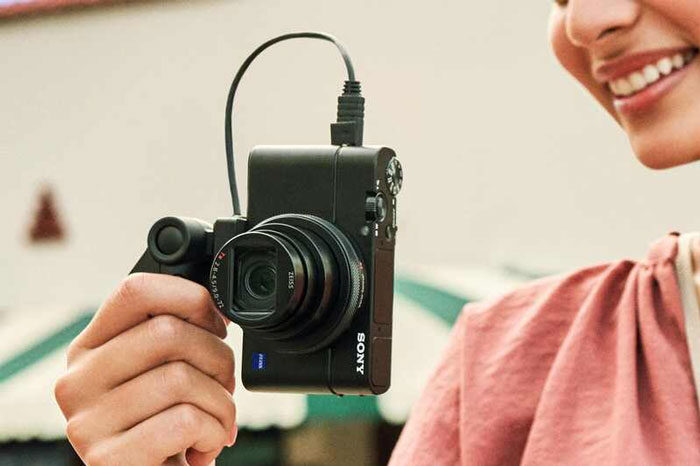
The RX100 VI doesn’t have this option.
9. Time-lapse
The RX100 VII has a built-in time-lapse function and can preview a time-lapse video in camera.
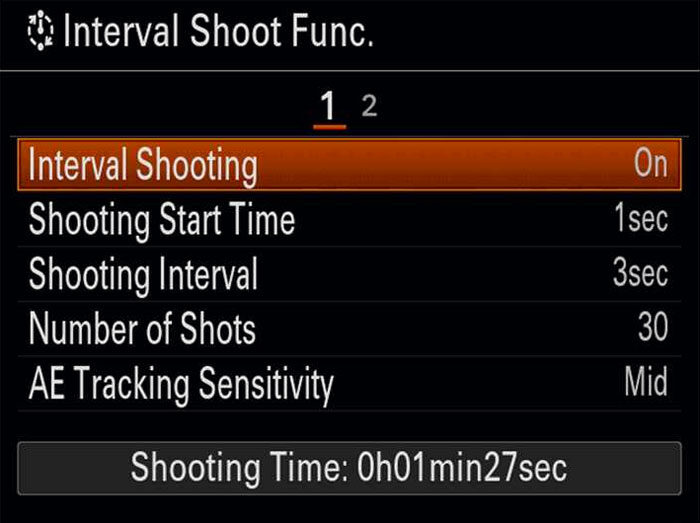
The RX100 VI doesn’t have a built-in option and has lost compatibility with the PlayMemories apps that offered this extra feature.
10. Price
The RX100 VI can be found for around $1100, whereas the mark VII model starts from $1200. The prices are similar but the VI might receive more instant rebates in the near future.
It is also worth remembering that Sony is keeping most of the older models on the market, which means that you can find a RX100 III for half the price.
Conclusion
I think that the most interesting differences on the new model are video related. Having a 3.5mm input for the microphone is helpful and it’s nice to see Sony trying to improve the stabilisation for movie recording.
The blackout-free live view experience that mimics the Sony A9 doesn’t seem all that necessary to me for a camera of this type, and in terms of burst speeds, the mark VI does very well too.
So specific video features aside, I would advise you to go with the one that costs less.
Reminder: the links below are affiliate links. If you decided to buy something after clicking the link, we will receive a small commission.
Check price of the Sony RX100 VI on
Amazon | Amazon UK | B&H Photo
Check price of the Sony RX100 VII on
You may also enjoy the following articles:

